Component Footprint Rotation
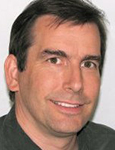
Just when do the data need to go to the placement machine?
Before we (or any old assembly house) go about putting surface mount parts on a board, we need to program our assembly robots. I’m oversimplifying, but essentially the machine program needs to know the X/Y coordinates relative to the board origin (the lower left corner), the part rotation, and the side of the board.
In years past, assemblers needed a centroid file (also known as a pick-and-place file) containing all of that information. In some cases, assemblers still need the centroid, but not always. Today, the same information can be gleaned from ASCII CAD files, ODB++ CAD files, Eagle .brd files and other similar formats. We only need the centroid if board files are submitted in Gerber format. I would expect that it's the same with most other manufacturers, but if you aren't 100% sure, it's best to ask before assuming they can do the same.
If a centroid file is submitted, we ignore the rotation column and determine it ourselves. IPC has defined the zero degree orientation, as well as proper rotation direction, but too many part footprints set the zero degree at different angles. We can’t rely on the data.
While we have to ignore rotation and figure it out with other means, we still strongly recommend following IPC standards when making your own footprints. FIGURES 1 to 5 show how footprints are supposed to be oriented.
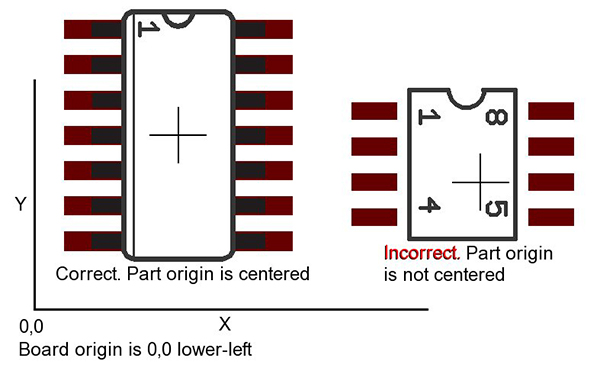
Figure 1.
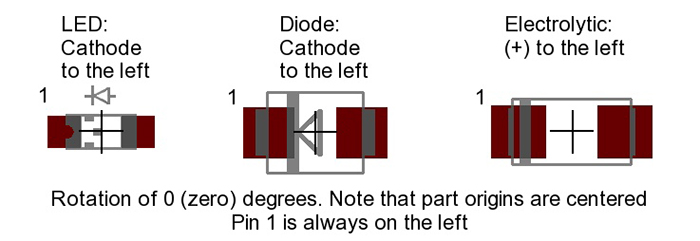
Figure 2.

Figure 3.
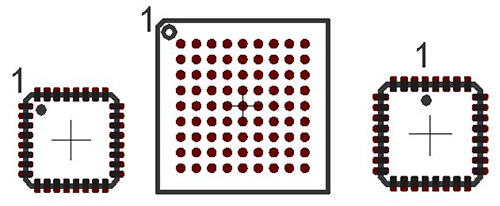
Figure 4.
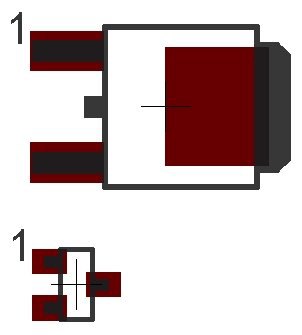
Figure 5.
is marketing manager at Screaming Circuits (screamingcircuits.com); This email address is being protected from spambots. You need JavaScript enabled to view it.. His column appears bimonthly.




